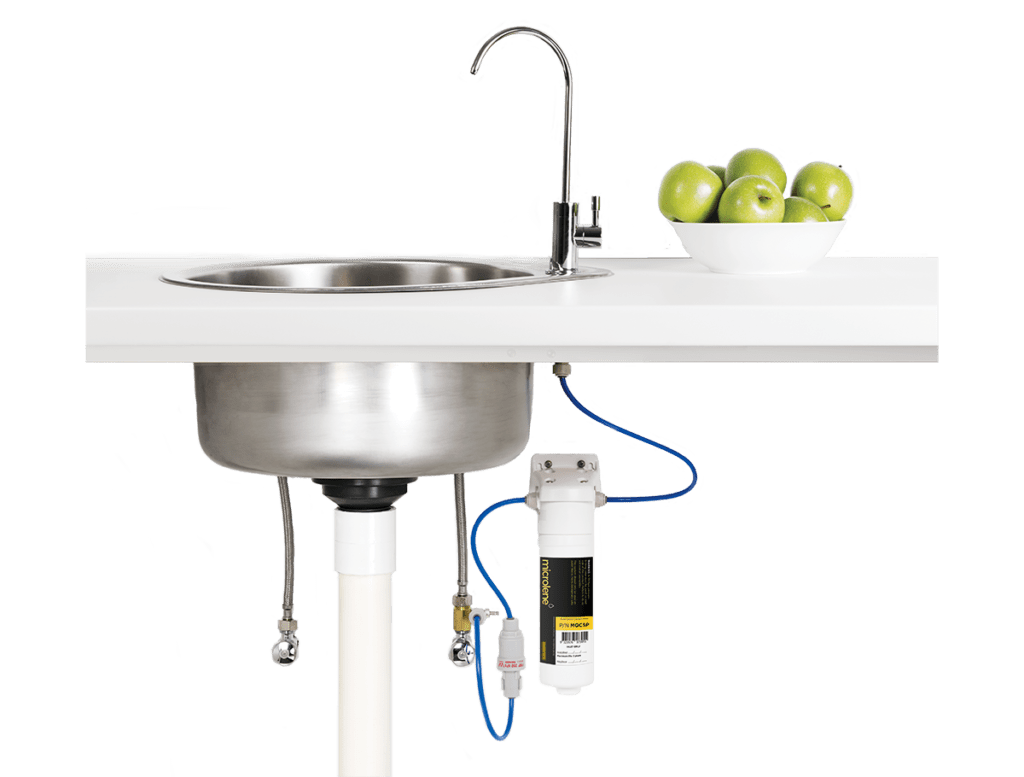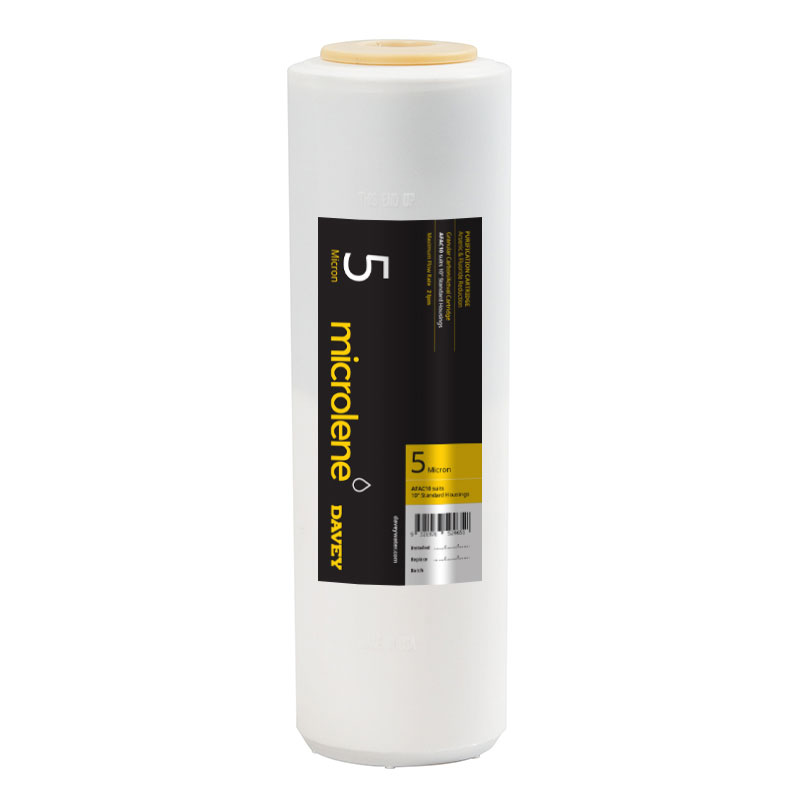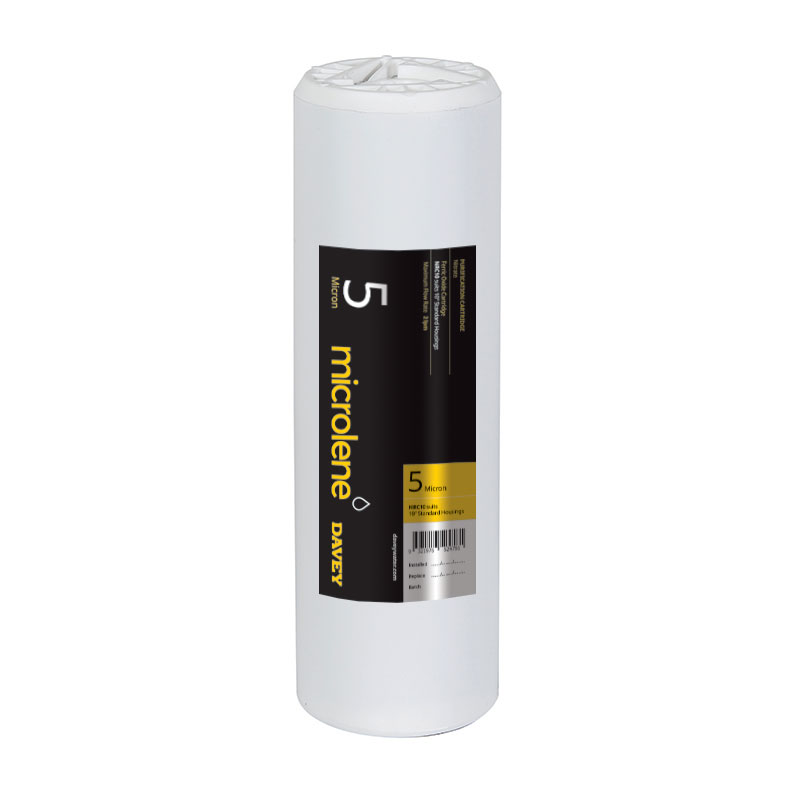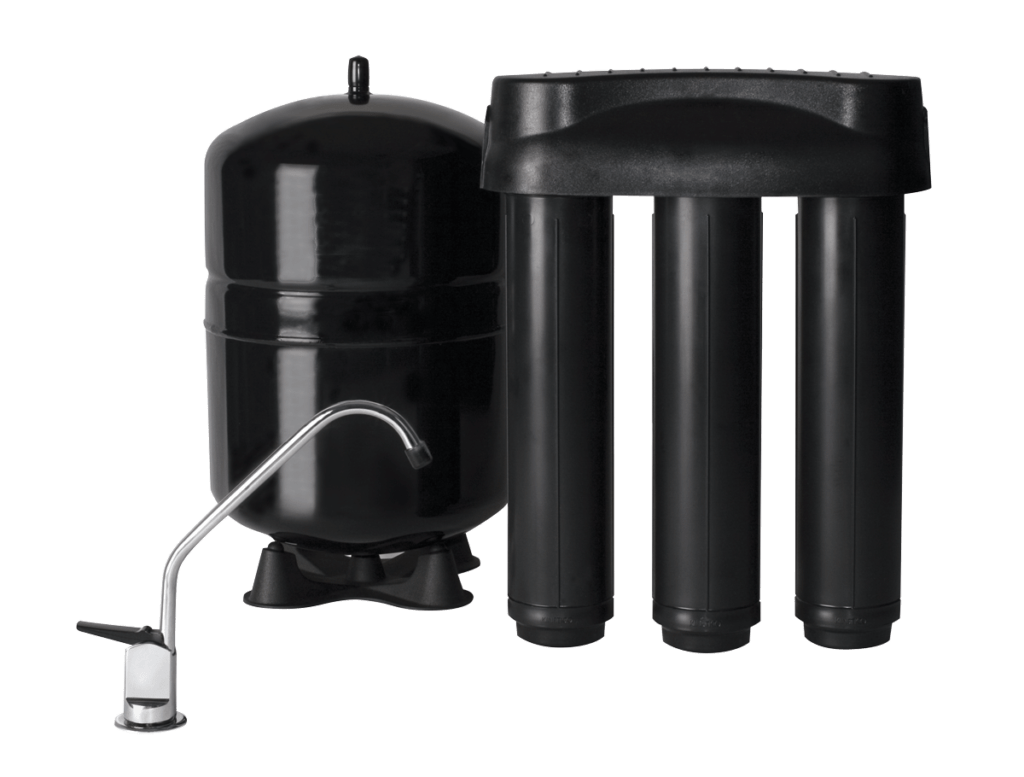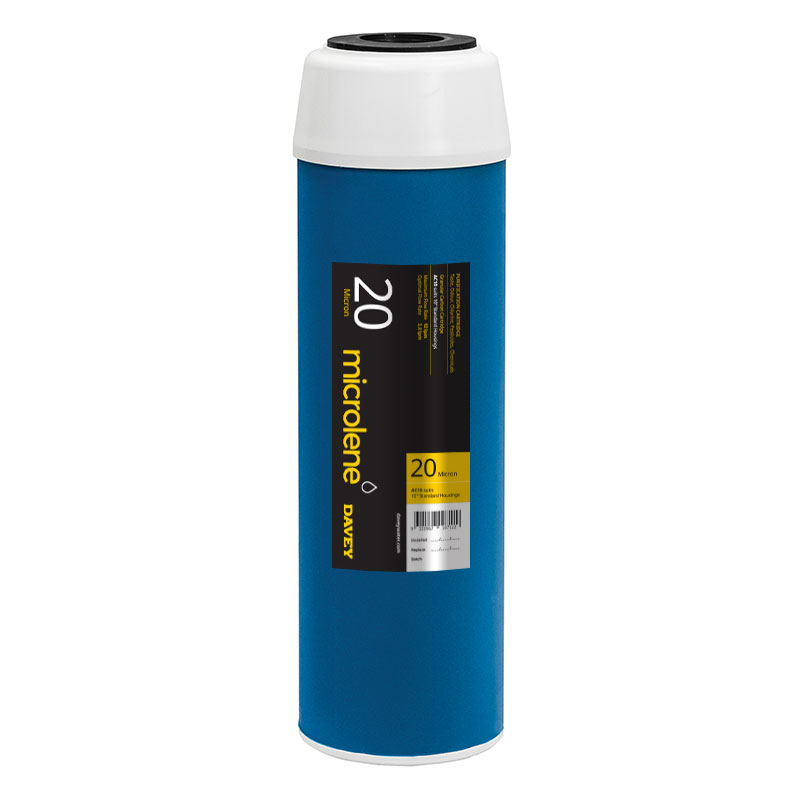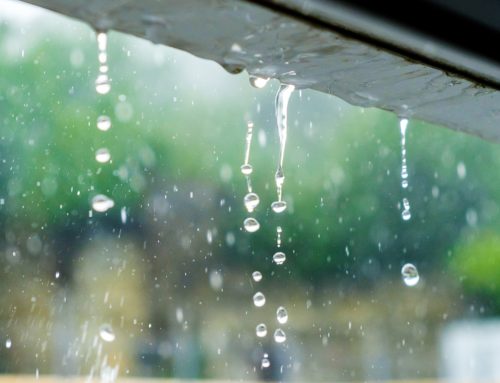Worried about what’s in your drinking water?
The quality and safety of New Zealand’s drinking water is an increasingly hot topic and while it’s one we should all be concerned about, there are simple steps you can take to ensure your drinking water is safe.
What’s being added to our mains water?
Whether water is sourced from the ground, a river or a dam, a number of water treatment methods are used by local councils before it is deemed ready for drinking. Water will first pass through filtration to remove silt, dirt and debris. Next, it is disinfected with chlorine which kills any micro-organisms such as E. coli and campylobacter.
In some parts of New Zealand including Auckland, Hastings, Tauranga, New Plymouth and Nelson, fluoride is added to the metropolitan water supply – primarily to help prevent tooth decay. Some other areas are now also considering fluoride addition.
What chemicals and compounds can be found in mains water?
According to Taumata Arowai’s drinking water guidelines, the contaminants most often occurring in health significant concentrations in our drinking-water supplies are metals from corrosion of fittings, arsenic, boron and nitrate.
“Arsenic and boron occur naturally in geothermal fluids or sometimes in association with marine sediments, whereas nitrate concentrations are increased by intensive agricultural activity. These may be present in the source water or may enter the water in the distribution system, or from the plumbing.” Source
How do I remove chlorine from my drinking water?
While chlorine is effective in killing bugs in our water, the taste and smell of it can make drinking tap water unpleasant. The closer you live to the treatment plant, the more potent the chlorine can be. A simple under bench filter on your kitchen tap can remove the chlorine from your drinking water, making it taste great.
What are the dangers of nitrates in drinking water?
Nitrates occur naturally in our soil, however over the years, nitrate levels have increased in New Zealand soil as a result of intensive dairy farming and synthetic nitrogen fertiliser.
A 2023 report published by the Ministry of Environment states, “While increasing levels of nitrate is a national issue, the regions where the increasing trend is most prevalent are Canterbury, Southland, Hawke’s Bay and Wairarapa. Within these regions there are localised hotspots.”
“Domestic self-supplies (such as those on tank water) are not subject to any monitoring or reporting regime for their drinking water. This creates a risk to public health as they are potentially at a higher risk of nitrate exposure due to generally being in a rural environment and typically abstract water from a shallow depth.”
There is a growing interest in the potential health risks associated with nitrates in drinking water and research indicates too much nitrate can be linked to bowel cancer and premature births.
PFAS
Thousands of PFAS (per- and polyfluoroalkyl substances), or “forever chemicals,” exist in the environment, and are known for their persistence and potential health risks, including developmental effects, immune system disruption and certain types of cancer.
An Auckland University study showed that while levels in New Zealand’s drinking water are currently low, vigilance is crucial. “Regular water monitoring of emerging contaminants such as PFAS is crucial in New Zealand to address water quality issues and ensure public safety. It helps identify contamination sources, assess the effectiveness of water management practices, and protect the environment and public health.” Source
Find out exactly what’s in your water with a comprehensive Davey water test. Talk to your local Master Dealer or call Davey on 0800 654 333.

